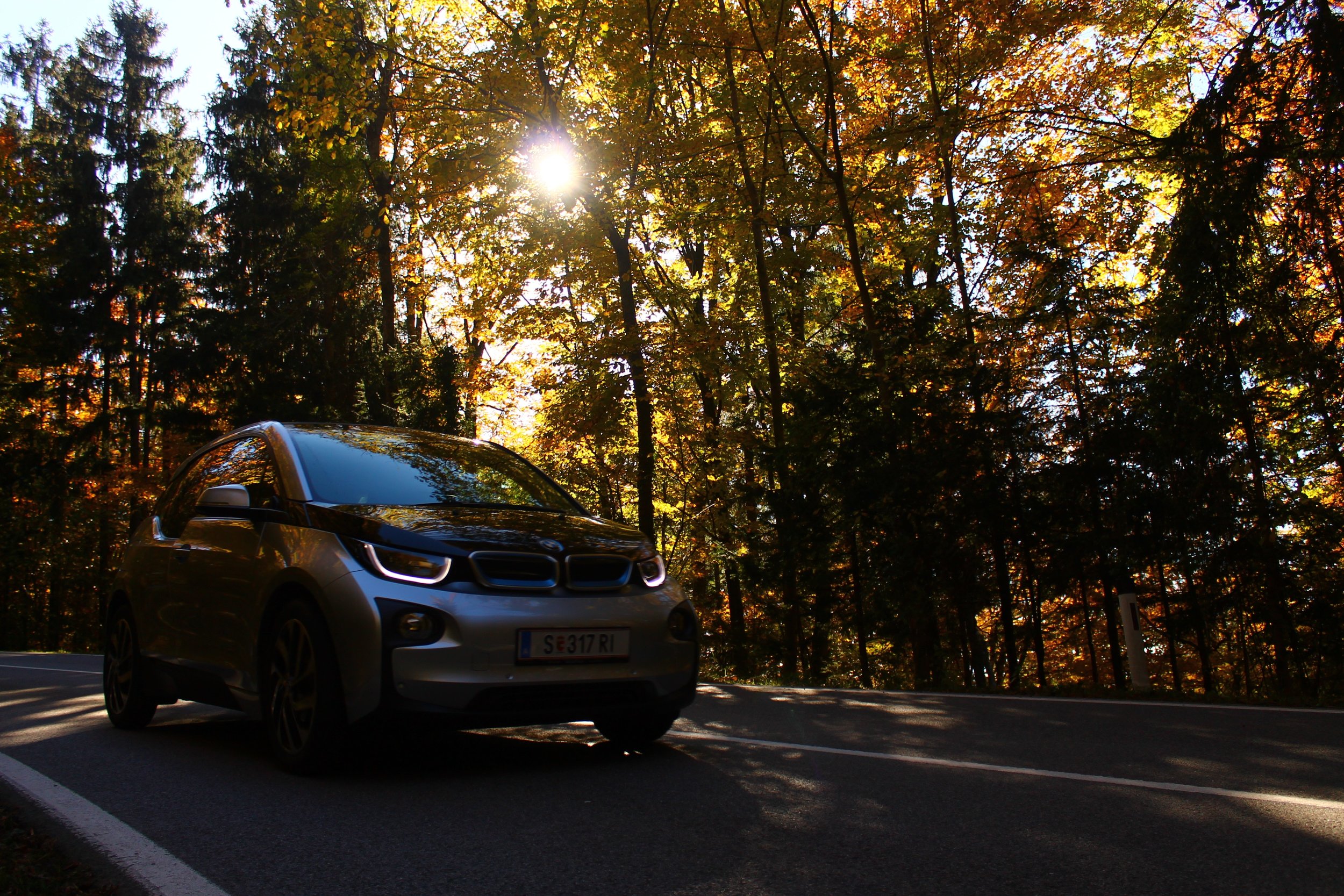Charging & Range
Go Far
Range can play a big role in deciding what EV is right for you. Marin residents drive about 27 miles a day. For longer trips, many EVs go hundreds of miles without a chargeand more are on the way. Another option is a plug-in car with a gas extender (PHEV). While not as green as pure EVs, they are far better than gas or gas-hybrid cars.Level Two Charging
If you regularly drive more than 40 miles a day or just like having a faster option at home, install a Level 2 charger, also known as a “home charger,” “wall charger,“ “home charging station
There are numerous options on the market, and the top rated models are discussed below. Level 2 chargers provide electricity to the car at 240V and provide about 25 miles of range per hour.
All About Electricity Costs and Plans
Fuel Cost
Driving an EV can save you money since electricity is less expensive than gasoline and EVs
are more efficient than gasoline vehicles. Electricity prices are also generally much more
stable than gasoline prices.
Benefits of EV Rate
Most Marin residents are currently billed on a tiered rate: the more energy you use, the higher the tier and the higher the rate. EV owners can switch to a time-of-use rate, where energy charges vary based on the time of day, without tiers. Since the cost of electricity during the off peak night time hours is much lower than the cost at, peak hours, switching to the EV rate and charging at night can be a big money saver.
Exceptions
If you want to charge during the day, or have heavy daytime usage needs (e.g. a pool or air conditioning), the EV plan may or may not be best for you.
PG&E offers electric vehicle rate plans for residential customers that are time of use plans which means costs are lower from 11 p.m. tp 7 a.m. when demand is lowest, making this the best time to charge your vehicle.
Charging at Home Guide
EV drivers can enjoy the ease and convenience of charging at home. We've created a Home Charging Guide with everything you'll need to know, including charging with renewables, getting best electricity rates, installing a charger and recommendations for home charging stations.
Electricians, Stations and Cost
A qualified licensed electrician should install a charging station. In general, a home charging station will cost around $300-$600. This does not include installation, which can cost anywhere from $200 - $2000, depending on the situation with your home electrical system.
Amperage Capacity
Consider a 40 or 50 amp home charge, even if your current EV takes less. This way, you will be investing in a charger that will be adequate as future EVs improve their charging speeds.
HOME OWNER ASSOCIATION CONSIDERATIONS
HOA's likely require architectural approval for charging station installation on
HOA common property. Check with your HOA Board of Directors to determine if they have planned for charging stattion installation. If not, please contact us at info@drivecleanmarin.org for sample rules and sample carport architectural application.
Additional Resources for our edification:
Sierra Club EV Myths v. Reality
https://www.sierraclub.org/articles/2018/11/electric-vehicles-scary-myths-vs-enticing-reality-part-1?mc_cid=44dbb94d9c&mc_eid=6be6a9eb5a
Charging on the Road
Charging stations may not be as visible as gas stations, but there are many. See our On the Road Charging Guide for station information, essential apps and vendor charging cards.

